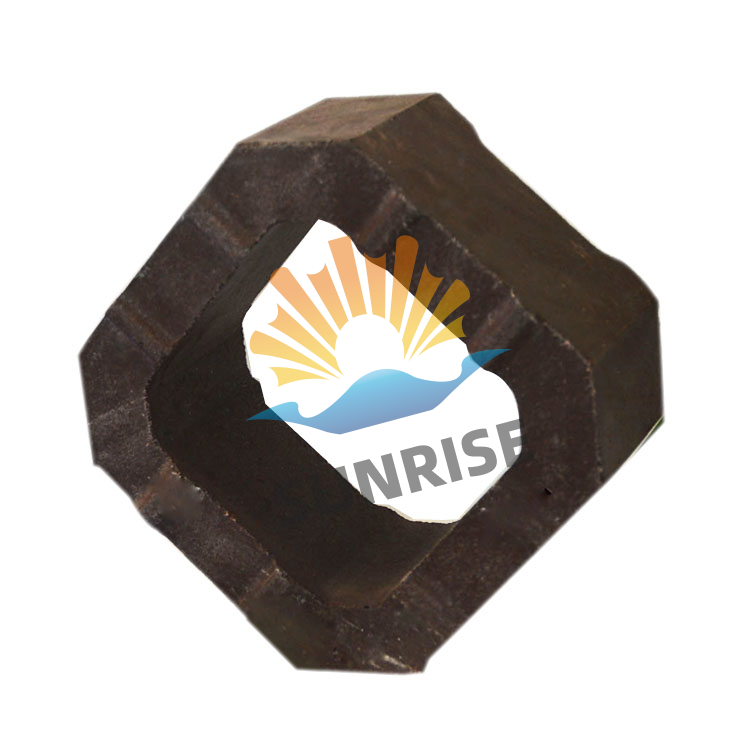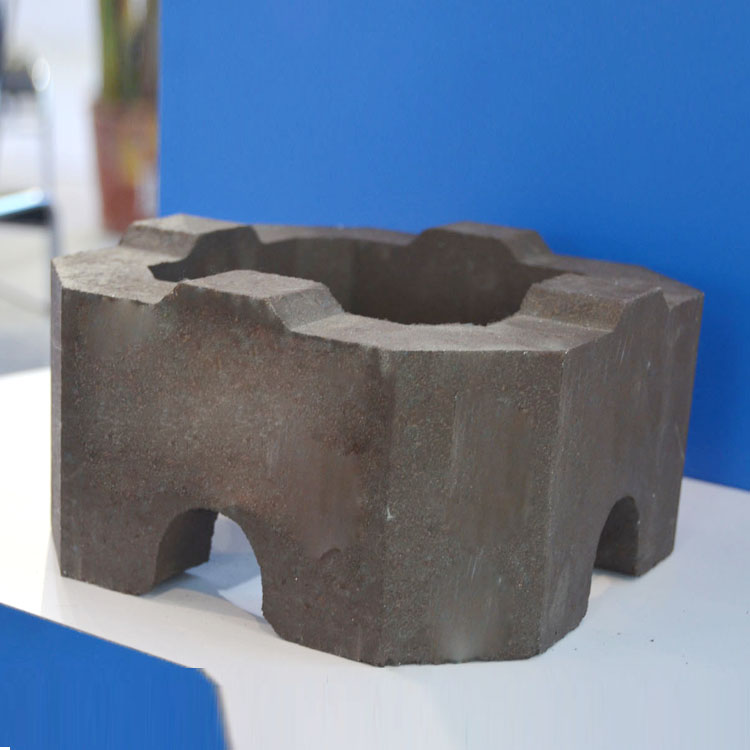.jpg?x-oss-process=image/resize,h_1000,m_lfit/format,webp)
Magnesia chrome bricks are important refractory materials widely used in high - temperature industrial processes. There are two main manufacturing methods for magnesia chrome bricks: direct - bonded and non - fired. Non - fired magnesia chrome bricks are produced by simply pressing the raw materials together with a binder at room temperature. This production process is relatively simple and cost - effective, as it doesn't require high - temperature firing. However, its performance has certain limitations.
On the other hand, direct - bonded magnesia chrome bricks are made by firing the raw materials at extremely high temperatures, typically around 1600 - 1800°C. This high - temperature firing process forms a strong direct bond between the magnesia and chrome components, which significantly enhances the overall performance of the bricks.
The non - fired magnesia chrome bricks have the advantage of a simple production process and lower production costs. They can be quickly produced and put into use, which is suitable for some projects with tight schedules. However, their high - temperature strength is relatively poor. Under high - temperature conditions above 1200°C, the strength of non - fired magnesia chrome bricks may decrease by about 30% compared to room - temperature strength.
In contrast, direct - bonded magnesia chrome bricks have excellent high - temperature strength. Tests have shown that even at temperatures up to 1600°C, the strength reduction of direct - bonded magnesia chrome bricks is less than 15%. This outstanding high - temperature performance makes direct - bonded magnesia chrome bricks stand out in high - temperature environments.
.jpg)
In the metallurgical industry, the temperature in blast furnaces, converters, and other equipment often reaches 1500 - 1700°C. Direct - bonded magnesia chrome bricks can maintain their structural integrity and excellent refractory performance in such high - temperature environments, reducing the frequency of brick replacement and improving production efficiency. For example, in a large - scale steel plant, using direct - bonded magnesia chrome bricks can extend the service life of blast furnace linings by about 2 - 3 years compared to non - fired magnesia chrome bricks.
In the glass industry, the melting furnaces need to maintain a high temperature of 1400 - 1600°C for a long time. Direct - bonded magnesia chrome bricks have good corrosion resistance to molten glass and can effectively prevent the erosion of the furnace lining, ensuring the stability of the glass production process. It is estimated that using direct - bonded magnesia chrome bricks can reduce the production downtime caused by furnace lining damage by about 20%.

A well - known glass manufacturing company in Europe was facing the problem of frequent replacement of furnace lining materials, which affected production efficiency and increased costs. After switching to our direct - bonded magnesia chrome bricks, the service life of the furnace lining was extended from 1 year to 3 years, and the production efficiency increased by about 15%. Another large - scale steel mill in Asia also achieved significant cost savings and improved production stability after using our direct - bonded magnesia chrome bricks.

Direct - bonded magnesia chrome bricks offer outstanding high - temperature strength, excellent corrosion resistance, and a long service life. They are the ideal choice for enterprises in high - temperature industries such as metallurgy and glass to enhance their competitiveness. By choosing direct - bonded magnesia chrome bricks, companies can reduce production costs, improve production efficiency, and ensure the stability of the production process.
If you are looking for high - quality refractory materials to improve your production efficiency and reduce costs, direct - bonded magnesia chrome bricks are your best choice. Contact us now to learn more about our products and services!

